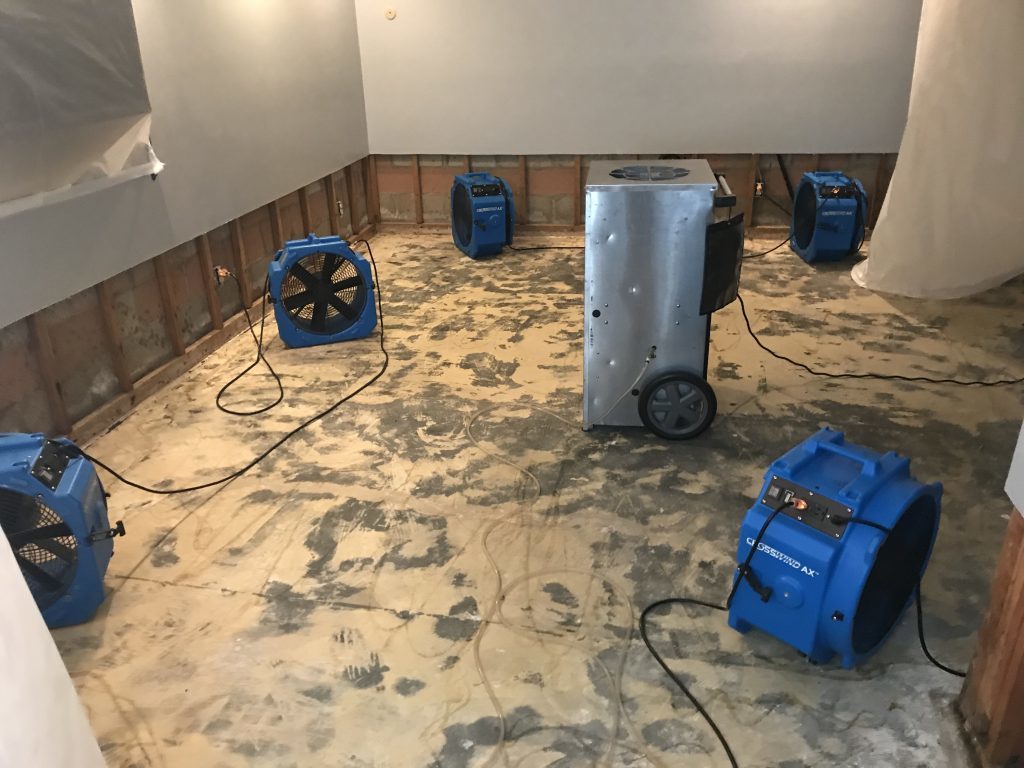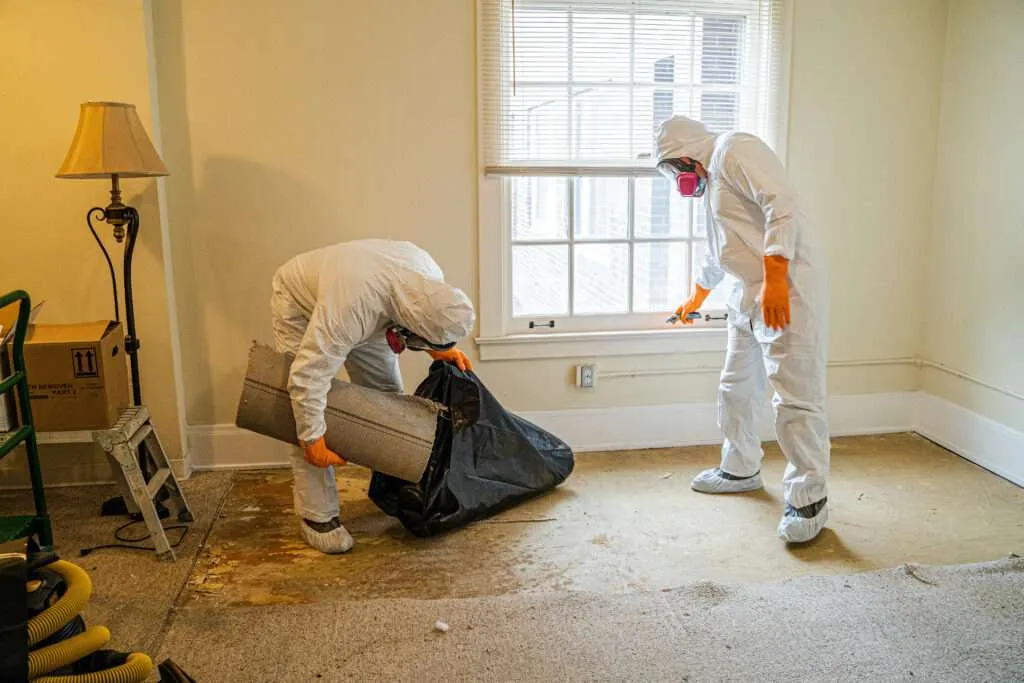Comprehensive Mold Inspection Philadelphia: Unveiling Hidden Threats
Emergency Water Damages Reconstruction: Swift Feedback to Lessen Additional Damage
What specifically does emergency water damage reconstruction entail? By comprehending the necessity and thorough nature of this process, you will get beneficial insights into just how professionals deal with emergency situation water damages, making sure a swift and efficient response.
Value of Swift Feedback
One of the primary reasons swift reaction is necessary in water damages repair is to stop the development of mold and mildew. Mold not only triggers additional damage to the structure of the building but likewise poses health risks to occupants.
Additionally, a punctual feedback can assist salvage and bring back important personal belongings and ownerships. Water damage can be devastating, specifically when it impacts personal things of nostalgic or monetary value. Acting promptly enables experts to assess the damages and carry out suitable restoration techniques to recover as much as possible. This not only assists to reduce economic losses however also brings satisfaction to those affected.
Evaluating the Level of Damage
To successfully deal with the effects of water damage, it is critical to quickly analyze the extent of the damages inflicted upon the damaged area. Examining the extent of water damages is a vital action in the remediation procedure as it aids restoration experts determine the proper strategy and establish a reliable restoration strategy.
Throughout the assessment, remediation specialists extensively examine the afflicted location to identify visible indications of damages, such as water stains, warped materials, and mold and mildew development. They also use specific tools to detect covert damage, such as wetness meters and thermal imaging cameras (mold inspection philadelphia). This thorough analysis permits them to accurately figure out the degree of the damages and develop a customized remediation strategy
Since it assists experts prioritize their efforts,Assessing the extent of water damages is crucial. They can determine areas that require immediate focus, such as standing water elimination and drying out, to avoid further damage and decrease the threat of mold growth. They can additionally establish the areas that need repairs or substitute, making certain that no damages goes untreated or undetected.
Additionally, an extensive assessment provides useful info for insurance objectives. It assists homeowners and insurance policy adjusters recognize the range of the damage, which is necessary for filing exact insurance coverage cases and getting the appropriate insurance coverage.
Water Extraction and Drying Out Process

The water extraction and drying process is a critical action in water damage repair, as it entails the elimination of excess water and the detailed drying out of the damaged location to stop additional damage and mitigate the threat of mold growth. After analyzing the level of the water damage, the next action is to draw out the water from the affected location.
This step is essential in protecting against additional damages, such as structural damages and the growth of mold and mold. The drying procedure may take a number of days, depending on the level of the water damage and the products involved.
It is necessary to guarantee that the damaged area is totally dry prior to waging any type of fixings or restoration. Failing to thoroughly dry the location can lead to long-lasting concerns, including weakened frameworks, stuffy odors, and the growth of mold and mildew and mold. For that reason, specialist water damages restoration business use moisture detection devices to make certain that the affected area is totally dry prior to continuing to the following step.
Mold Prevention and Removal

To stop mold development, it is vital to deal with water damages without delay. The very first step is to repair the resource and recognize of the water intrusion. When the source is repaired, the afflicted location should be thoroughly dried to stop dampness from sticking around. This may involve making use of dehumidifiers, air moving companies, and various other customized equipment to remove excess wetness from the air and surfaces.
In situations where mold growth has actually currently happened, removal is needed to get rid of the mold and mildew and avoid its return. This includes the cautious removal and disposal of affected materials, such as drywall or carpet, to ensure that all traces of mold and mildew are gotten rid of - home inspector philadelphia. It is very important to keep in mind that mold and mildew removal ought to be accomplished by professionals who have the essential training and tools to securely deal with and eliminate mold published here and mildew
Bring Back the Affected Area
After dealing with mold and mildew avoidance and remediation, the next crucial action in water damage remediation is next page restoring the damaged area to its pre-damage condition. This action includes an extensive process to make certain that all traces of water damages are eliminated and the affected location is completely repaired.
To start with, it is necessary to completely dry the location to stop any more damage and to inhibit the development of mold and mold. This might involve making use of specialized drying out tools, such as dehumidifiers and industrial-grade fans, to remove all wetness from the afflicted surfaces.
Once the location is entirely dry, the restoration process can start. This may entail repairing or changing damaged structural components, such as ceiling, drywall, or flooring tiles. It is very important to deal with any kind of underlying issues that might have created the water damage, such as leaking pipelines or defective plumbing, to stop future incidents.
Furthermore, recovering the affected area might also include repainting walls, replacing harmed components, and thoroughly cleaning and sterilizing the room. This guarantees that not only is the area structurally sound, yet it is additionally aesthetically pleasing and risk-free for tenancy.
Verdict
Finally, swift action is essential in decreasing more damage triggered by water emergencies. Examining the level of damages permits for reliable water extraction and drying procedures to be carried more info here out. In addition, mold and mildew avoidance and removal are essential in restoring the affected location. Generally, prompt action and comprehensive repair procedures are crucial to minimizing the adverse influences of water damages.
Swift action is of utmost value in water damage restoration to minimize more damages and reduce potential risks.Throughout the evaluation, remediation professionals extensively check out the afflicted area to identify noticeable indications of damages, such as water spots, distorted materials, and mold and mildew growth.The water extraction and drying out process is an important step in water damages repair, as it involves the elimination of excess water and the complete drying of the affected location to avoid further damages and reduce the threat of mold development. After examining the extent of the water damages, the next action is to extract the water from the affected location. leak detection philadelphia.Effective mold and mildew prevention and removal are essential in water damages remediation to make certain the security and honesty of the afflicted location